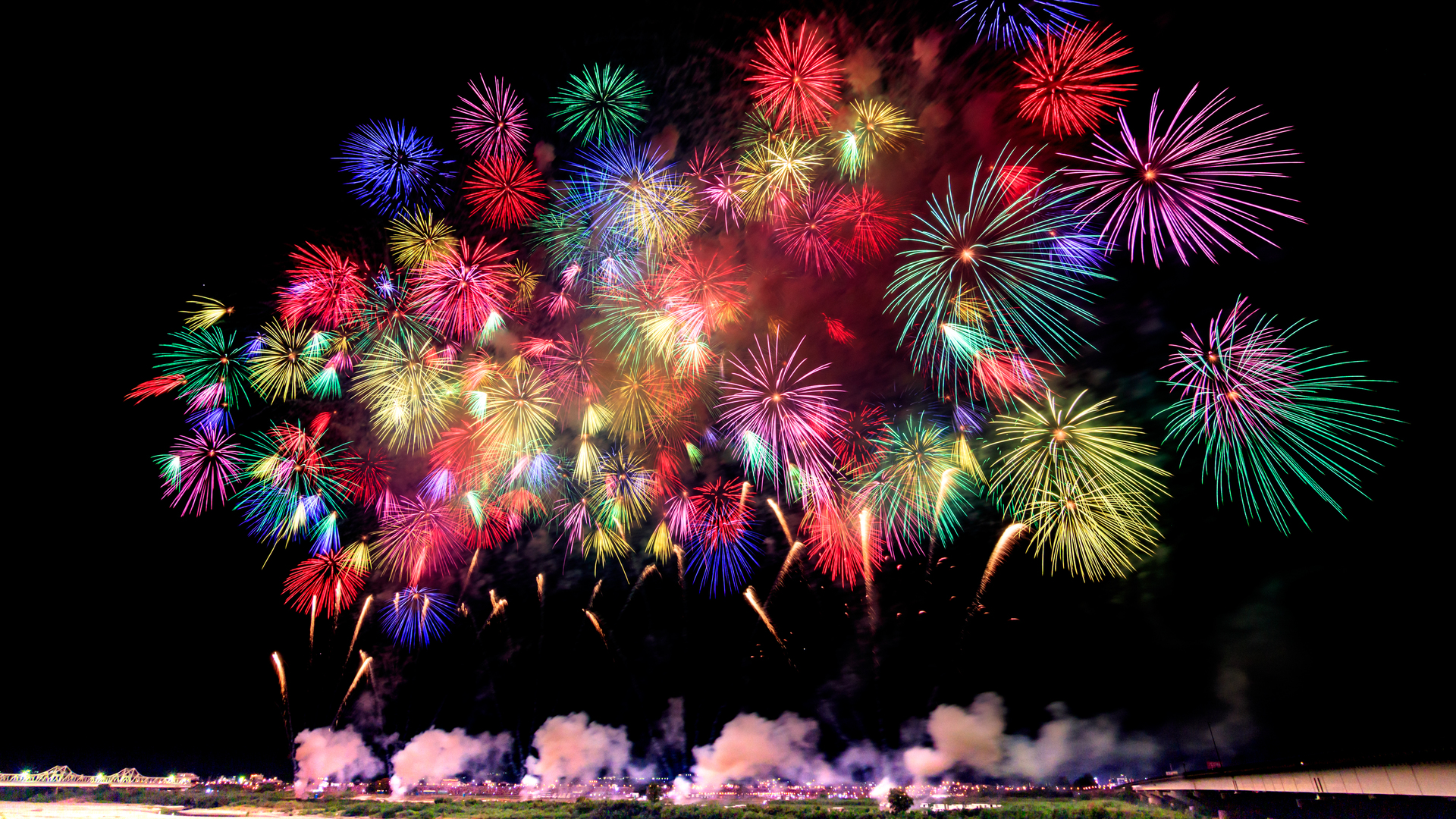Summer in Japan is synonymous with hanabi taikai—grand fireworks festivals that light up the night sky with dazzling displays of artistry and tradition. From massive events packed with tens of thousands of attendees to intimate local celebrations, here’s everything you need to know to experience Japan’s vibrant fireworks culture at its best.
1. Origins & Meaning of Hanabi Taikai
Fireworks festivals in Japan date back centuries, originally meant to ward off evil spirits and honor the deceased during times of famine and plague in the Edo period. Over time, they evolved into celebratory spectacles, with local fireworks guilds competing to produce the most stunning displays—giving rise to the tradition of shouting “Tamaya!” in appreciation .
2. Japan’s “Big Three” – Major Fireworks Competitions
Widely regarded as the Nihon San dai Hanabi (Japan’s Three Great Fireworks Festivals), these events draw massive crowds and offer the most elaborate shows:
Omagi (Ōmagari) Fireworks Competition, Akita — A prestigious contest where top pyrotechnic artists compete in crafted displays.

Nagaoka Festival Fireworks, Niigata — A two-day showcase featuring dramatic “Phoenix” tributes and Niagara-like cascades over rivers.

Tsuchiura All-Japan Fireworks Competition, Ibaraki — Another top-tier national fireworks contest.

These events are gateways to experiencing Japanese artistry and communal pride through jaw-dropping visual storytelling.
3. Noteworthy Regional Fireworks Displays
Beyond the big three, many local and regional shows offer unique charm and atmosphere:
- Sumida River Fireworks (Tokyo): Held on the last Saturday in July, this historic Edo-period revival draws nearly a million spectators.
- PL Art of Fireworks (Tondabayashi, Osaka): Organized by the Perfect Liberty Church every August 1, this is among the world’s largest fireworks displays, lighting up the sky for miles.
- Yodogawa Festival (Osaka): A major Osaka—it bursts into late-October celebrations with stellar fireworks over the Yodo River.
- Katakai Fireworks (Niigata): Known for launching record-breaking “yonshakudama” shells up to 800 m wide.
- Konano River Fireworks (Shizuoka): A two-day city-centered extravaganza dating to post-war recovery.
4. How to Choose the Perfect Spot
To maximize your hanabi experience, here are recommended viewing tips:
- Reserve early: Major contests and festivals sell out quickly. Onsen ryokan rooms and riverside campsites near Nagaoka or Omagari fill up fast.
- Seek scenic backdrops: Viewing hanabi over reflective water (like Lake Biwa or Sumida River) magnifies their beauty—with reflections doubling the magic.
- Avoid peak crowds: Explore secondary riverside parks (e.g. Tama River near Minami-Tama for Tokyo events) to escape the throngs.
- Combine sightseeing: Long-distance travelers can pair fireworks with summer shrines, matsuri floats, or cultural attractions during the day.
5. Quick Festival Calendar
| Month | Event Name | Location |
| July (Last Sat) | Sumida River Fireworks Festival | Tokyo |
| July 25 | Tenjin Matsuri Fireworks (boat parade) | Osaka |
| Aug 1 | PL Art of Fireworks Festival | Tondabayashi (Osaka) |
| Late Aug | Omagari (Akita), Nagaoka (Niigata) | Regional competitions |
| Early Sept | Katakai fireworks (Yonshakudama) | Niigata |
| Oct 18 | Yodogawa River Fireworks | Osaka |
6. Pro Tips for Viewing Festivals
- Arrive early to claim good spots near the riverbanks.
- Pack smart: bring a blanket, bug spray, light snacks, and portable chairs.
- Dress for comfort: summer nights are warm, but riverside breezes may get chilly.
- Consider rental services for vantage points—some sites rent chairs or mats.
- Respect the culture: clean up your seating area, stay off private property, and use designated exits after the show.
Final Thoughts
Whether bathed in nostalgia under Tokyo’s skyline or witnessing record-breaking shells in tranquil Niigata, attending a Japanese fireworks festival is more than just a night of light—it’s a celebration of art, history, and community spirit. With this guide and a bit of planning, you’re well-equipped to find the best events, secure a nice spot, and experience an iconic Japanese summer tradition.

